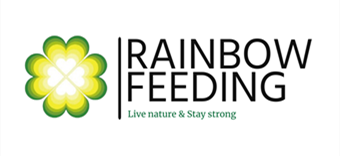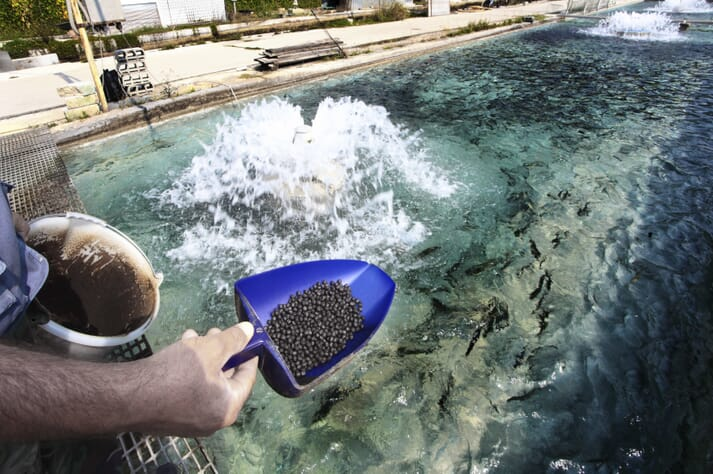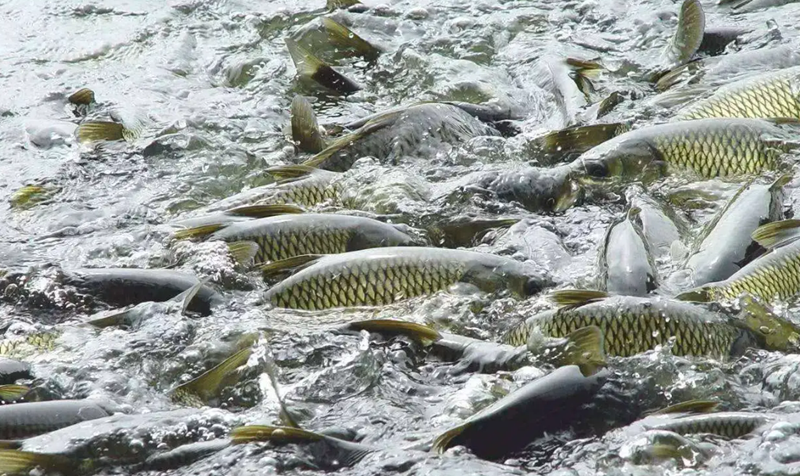Can Herbal Extract Be Used As Feed Additive in Aquaculture?
The aquaculture industry is geared toward intensification and meets half of the world’s demand for fish protein. But intensive farming practices can lead to stress and disease outbreaks, resulting in high mortality of farmed species. The use of antibiotics and chemotherapies for health management is one common approach to control disease outbreaks in farmed fish. However, these treatments also have adverse environmental and public health impacts.
Herbal extracts have been used for several generations as medicinal products, and are now also widely considered as natural immunostimulants in fish diets. Plant extracts contain various bioactive compounds including polyphenols, carbohydrates, amino acids, flavonoids, alkaloids, polysaccharides, organic acids, volatile oils, minerals, and vitamins. These components are essential for growth and immunity and they are considered ideal growth promoters and are derived from non-aqueous solvents from plant materials such as herbs, spices, essential oils, and oleoresins (Windisch et al 2008). There are numerous beneficial effects of herbal extracts on the health of farmed fish, such as boosting their appetite, improving immune responses, antioxidation, and hepatoprotective activities and controlling reproduction. They can be used as feed additives to enhance growth performance, disease resistance and reproduction in freshwater aquaculture species such as Mozambique tilapia (Oreochromis mossambicus) and African sharptooth catfish (Clarias gariepinus).
Enhance growth performance
Plant extracts contain rich nutrients, protein, amino acid, carbohydrate, minerals, vitamins, oils, plant pigments, and some unknown growth-promoting factors. These substances can stimulate enzyme secretion, supplement intestinal enzyme amount, and improve the elimination absorption rate of feed. It can also stimulate hormone secretion, improve fish metabolism and carbohydrate metabolism, and improve the growth rate. Some herbs, such as nettle and garlic, can improve growth performance and nutrient utilization in fish. They can also increase immune and antioxidant responses, as well as improve resistance to disease.
Typical herb extract:
- Nettle extract(Urtica dioica)
- Tea polyphenol
- Garlic extract
- Artemisia annua extract
- Wormwood leaf extract
- Grape seed extract
Strengthen immune function
In the aquaculture industry, there are many herbal extracts that can be used as feed additives. Adding plant extracts to fish diet can improve immunity and balance intestinal flora. The active substances of some plant extracts can improve the intestinal environment, inhibit harmful microorganisms and promote the growth of beneficial microorganisms, thus improving the intestinal environment and reducing digestive tract diseases. Plant extracts can also affect specific and non-specific immune systems, enhancing blood lysozyme activity, leukocyte phagocytic activity and blood immunoglobulin content. These nature ingredients are promising alternative to be included in the diet of aquacultured animals, as they have been shown to improve growth performance and manipulate the gut microbiota of farmed fish and aquatic animals, reinforce their immune and oxidative status, and control bacterial infections such as vibriosis. These results can contribute to more sustainable aquaculture.
- Tea polyphenol
- Rhubarb anthraquinone extract
- Grape seed extract
- Radix isatidis extract
- Rhubarb extract
- Andrographitis extract
- Honeysuckle extract
Antioxidation
Plant extract ingredients like polyphenols, flavonoids, saponins, terpenes, polysaccharides, organic acids and so on have strong antioxidation and hepatoprotective activities. The herbs may help to prevent stress and disease outbreaks in fish farms, which can negatively affect farmed species.These ingredients can protect the body and resist oxidative damage by removing free radicals in the animal body and reducing oxidizing substances. They can inhibit enzymes related to free radicals, such as P-450 enzyme system, myeloperoxidase, lipid oxidase and epoxide, and activate the antioxidant enzyme system composed of SOD and CAT. Complexation-induced oxidative transition metal ions such as Cu, Fe, etc., repair the damage of biofilm and subcellular structure caused by free lipid peroxidation formed by reactive oxygen species.
- Solidago canadensis L.
- Radix isatidis extract
- Rhubarb extract
- Licorice extract
- Chlorogenic acid
Antistress response
Medicinal plants are rich sources of bioactive compounds, including phenols, flavonoids, polysaccharides, proteins and vitamins. These plants have been used in traditional medicine for centuries to treat and control various diseases. Stress response is a kind of physiological reaction formed in the long evolutionary process of the body to expand the range of adaptation, and it is a special biological rational state. Long-term stress in the process of breeding will lead to continuous stimulation of the tissue shafting between the hypothalamus, pituitary and kidney, resulting in increased blood cortisol concentration in the body. Plant extract alleviates the endocrine system disorder of animal body, keeps the secretion of thyroxin and adrenaline relatively stable, and thus makes the metabolic activities of carbohydrate, lipid and opal normal.
- Rhubarb quinone
- Chlorogenic acid
- Baicalin
Improve reproduction
Chemicals can promote the maturation and reproduction of aquatic animals, but long-term use will reduce the quality of life of fish and bring pollution. The addition of plant extracts in the diet can promote the absorption of albumin and fat by improving the enzyme activity of digestive tract, thus promoting the accumulation of fat and other substances of female fish, and storing energy and nutrients for the development of ovary. During reproduction, the female ovaries require more n – 3 series unsaturated fatty acids. Plant extracts can promote the absorption and accumulation of N-3 series highly unsaturated fatty acids, improve the quantity and quality of eggs, increase the weight of larvae, enhance the ability to resist osmotic shock, and improve the survival rate of female fish. They can also promote the combination of female estradiol and other sex hormones with the target organs, and then stimulate the activity of some enzymes such as alkaline phosphatase and acid phosphatase and the permeability of cell membrane, and eventually lead to the maturation and ovulation of egg cells.
- Wolfberry extract
- Epimedium extract
In the last, herbal extracts contain secondary bioactive metabolites (phytochemicals) that are recognized as Generally Recognized as Safe by the US FDA, they present beneficial effects on fish health. However, some of these extracts may have negative effects on fish and their environment, so it is important to be careful when using them. In practical applications, herbal extracts can be effective as feed additives in aquaculture if they are optimized for different physiological processes and optimum dosage is determined. But, this requires more research on their beneficial phytochemicals, correlations to blood parameters such as hematology and their impact on growth, nutrient utilization and protein efficiency ratio (PER).




